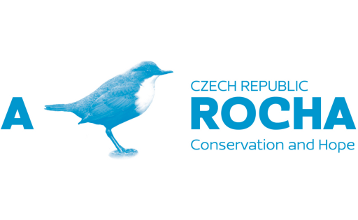Mushroom exhibition in Dobré
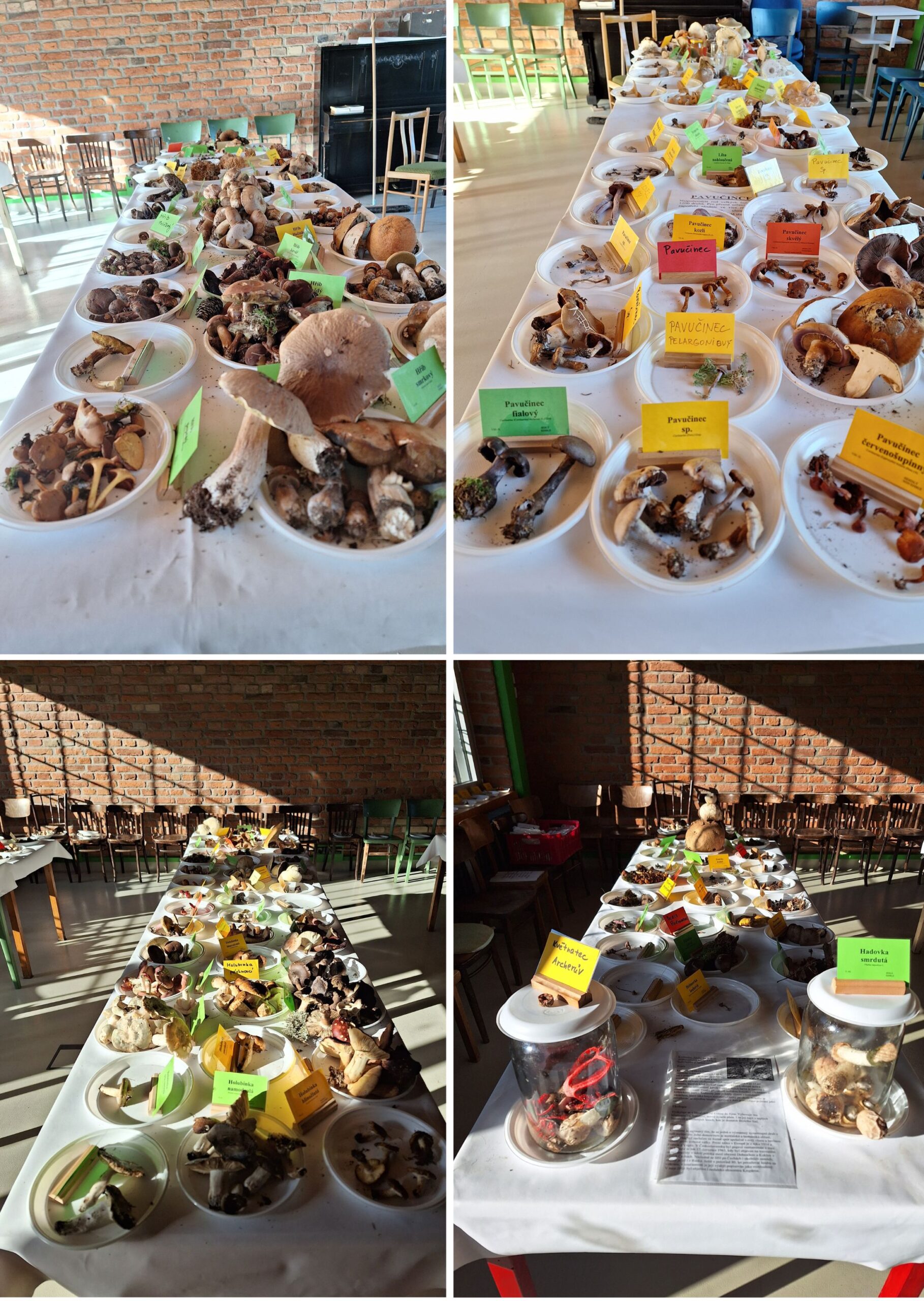 There are no toadstools! The despair contained in this exclamation, which I received by email on Wednesday morning when I set off for Krupárna, can only be fully understood by someone who has organised a mushroom exhibition.
There are no toadstools! The despair contained in this exclamation, which I received by email on Wednesday morning when I set off for Krupárna, can only be fully understood by someone who has organised a mushroom exhibition.
Although it has rained in recent weeks, temperatures have climbed into the 30’s in recent days and that’s a bit too warm for mushrooms. Still, we hoped to find something more than dry leaves and needles in the forest. And the forest was kind to us! With the help of about 15 friends, we managed to collect several baskets of mushrooms during Wednesday and Thursday morning and so the prepared tables started to fill up with various exhibits. Each of the mushrooms was carefully identified by the mycologists and other mushroom experts present and placed in the appropriate place. 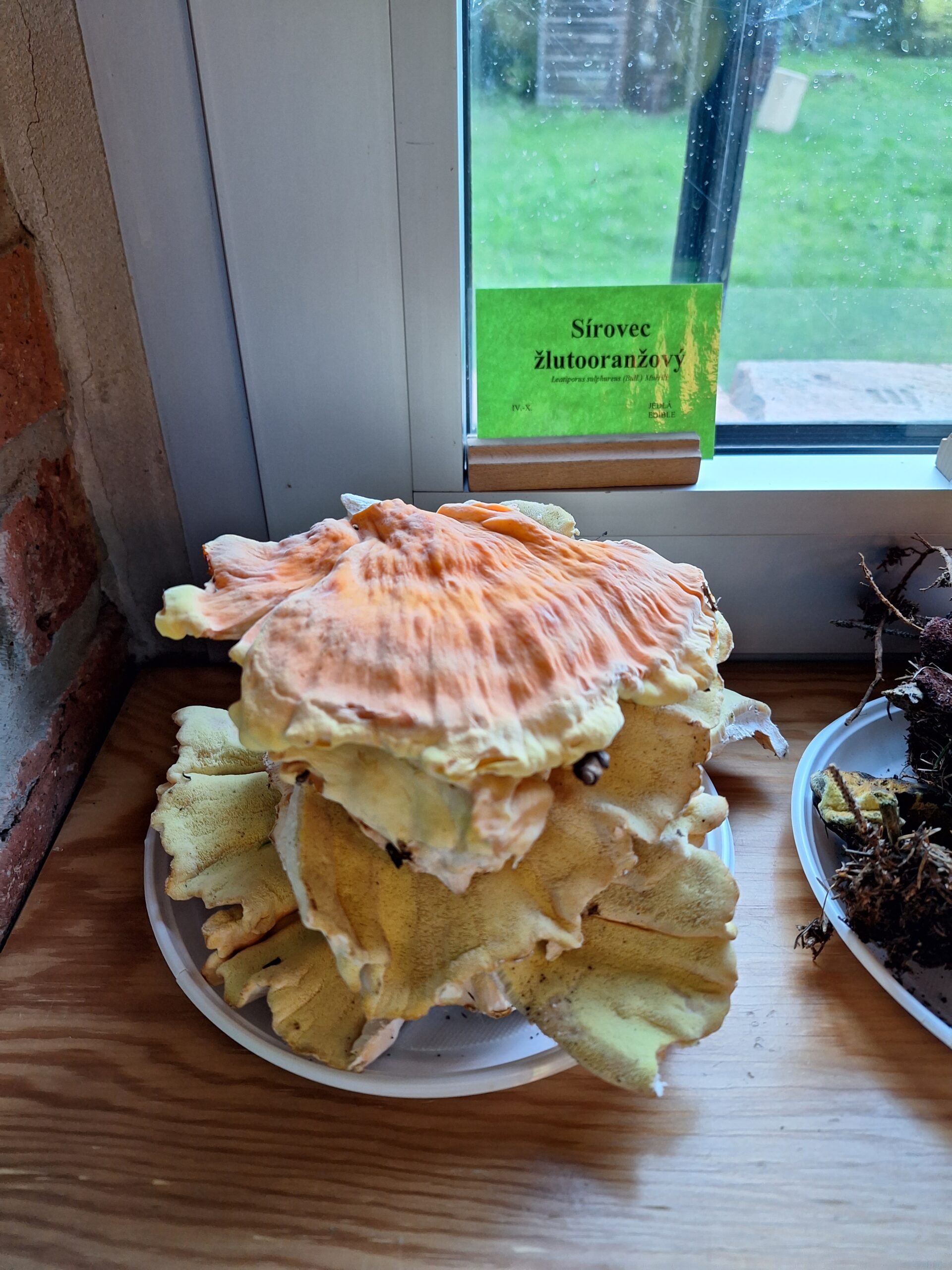 It was fascinating to observe how the mushrooms were identified and to listen to the debates and discussions over their individual characteristics.
It was fascinating to observe how the mushrooms were identified and to listen to the debates and discussions over their individual characteristics.
The exhibition was officially opened with a debate with mycologist Václav Matějka, who shared many interesting facts with us during the opening lecture. One of them is the discovery that the poison amount in poisonous mushrooms (or even mushrooms considered edible by the general public) varies with the substrate on which the mushrooms grow. 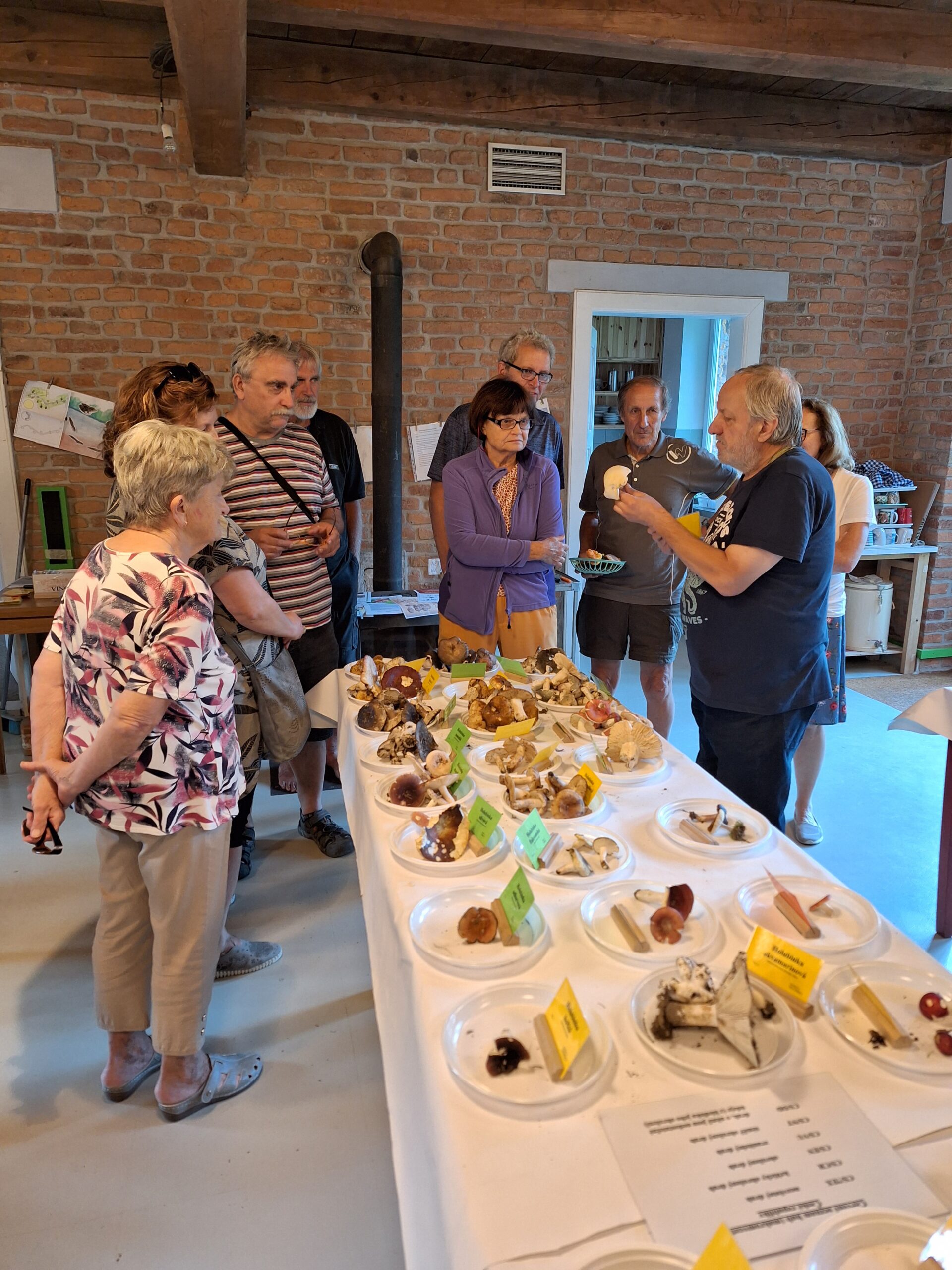 Thus, a mushroom from a limestone substrate will be much less poisonous than the same species of mushroom growing somewhere in acidic soil, which may account for the often mixed messages regarding the (non)poisonousness of mushrooms. Similarly, for a not very good-looking but edible wood-destroying fungus – the yellow-orange chicken-of-the-woods – it depends on the type of wood it is found on. It should definitely not be eaten from an black locust tree, but the young fruits from the wood of fruit trees are very tasty.
Thus, a mushroom from a limestone substrate will be much less poisonous than the same species of mushroom growing somewhere in acidic soil, which may account for the often mixed messages regarding the (non)poisonousness of mushrooms. Similarly, for a not very good-looking but edible wood-destroying fungus – the yellow-orange chicken-of-the-woods – it depends on the type of wood it is found on. It should definitely not be eaten from an black locust tree, but the young fruits from the wood of fruit trees are very tasty.
We also learned how to safely tell russula from other types of mushrooms and how to identify some of them by their gills (green brittlegill or blackening brittlegill). How to photograph a mushroom they would like to identify by a mycologist was also valuable information for avid mushroom pickers. There was, of course, also the opportunity for expert identification of their own brought in fruitbodies.
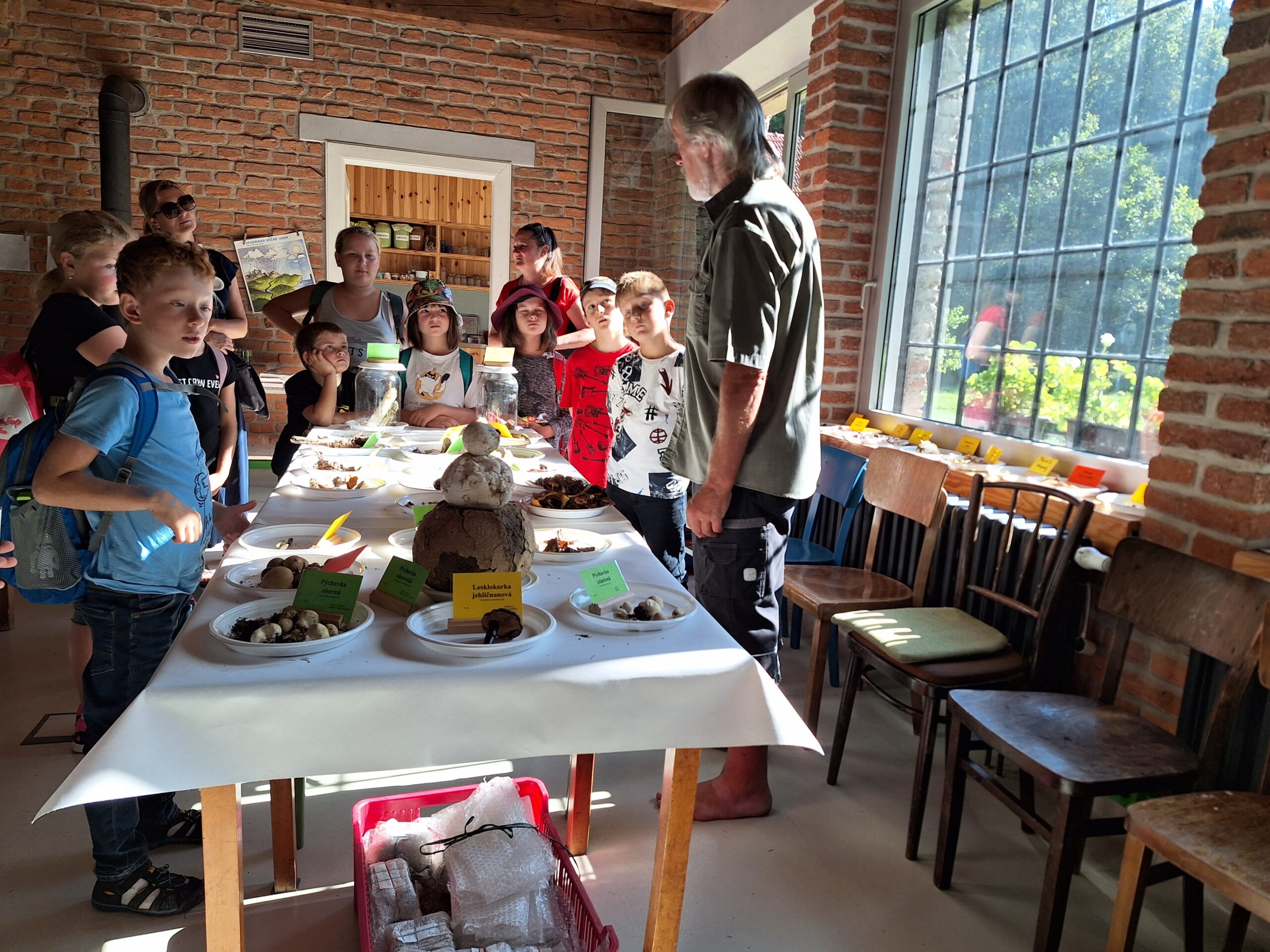 Traditionally, children of school and pre-school age from Dobré and the surrounding area visit the exhibition. This year, they learned from mycologist Vláďa Špatný (for some it was more of a reminder) how mushrooms and the forest work together, that the purpose of mushrooms is not only to feed animals or people, but especially to participate in the decomposition of biological material in the forest. A lot of emphasis was placed on how important it is to always make sure that they or their parents know the mushroom they are picking and know that it is safe to eat.
Traditionally, children of school and pre-school age from Dobré and the surrounding area visit the exhibition. This year, they learned from mycologist Vláďa Špatný (for some it was more of a reminder) how mushrooms and the forest work together, that the purpose of mushrooms is not only to feed animals or people, but especially to participate in the decomposition of biological material in the forest. A lot of emphasis was placed on how important it is to always make sure that they or their parents know the mushroom they are picking and know that it is safe to eat.
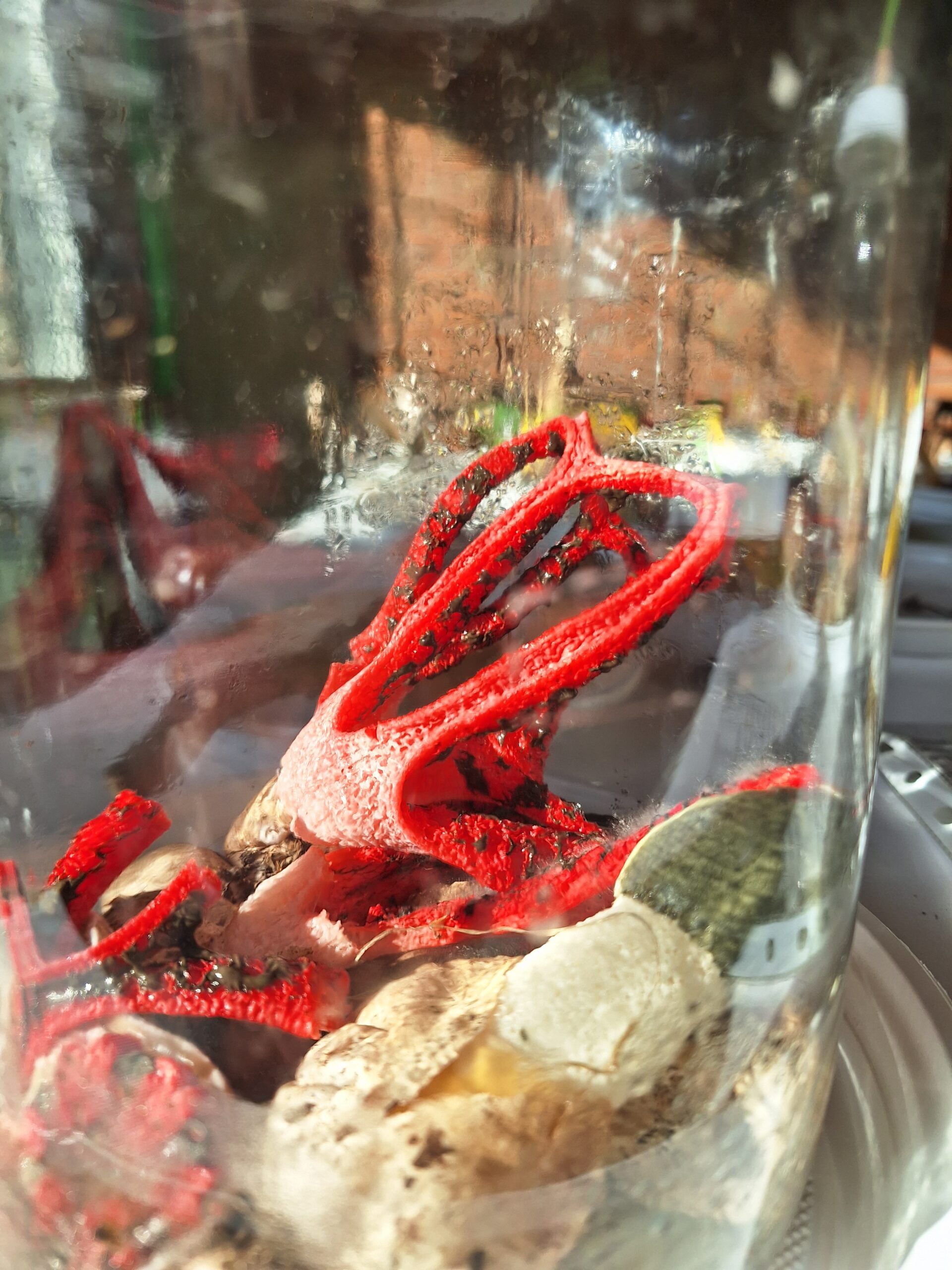 One of the biggest draws for the children was the two sealed jars – one with a common stinkhorn and the other with a ‘flowering’ octopus stinkhorn (devil’s fingers). The more adventurous sniffed both mushrooms and I think they were quite surprised to find out that the common stinkhorn was actually edible! True, only when young, when the fruiting body is still closed and looks like an egg, but even then, few would think of eating this unpleasant smelling mushroom.
One of the biggest draws for the children was the two sealed jars – one with a common stinkhorn and the other with a ‘flowering’ octopus stinkhorn (devil’s fingers). The more adventurous sniffed both mushrooms and I think they were quite surprised to find out that the common stinkhorn was actually edible! True, only when young, when the fruiting body is still closed and looks like an egg, but even then, few would think of eating this unpleasant smelling mushroom.
The older school children were presented with 10 tricky questions, which they coped with quite well; the younger ones went with Filip to the picture forest, where they had to decide which mushrooms to take home to put in a meal and which to leave in the forest. It was a pity that mushrooms such as the saffron milk cap or even the golden chanterelle were often left in the forest…but definitely better than bringing home a death cap! Fortunately, no one made such a mistake.
The excitement fromf so many interesting and beautiful mushrooms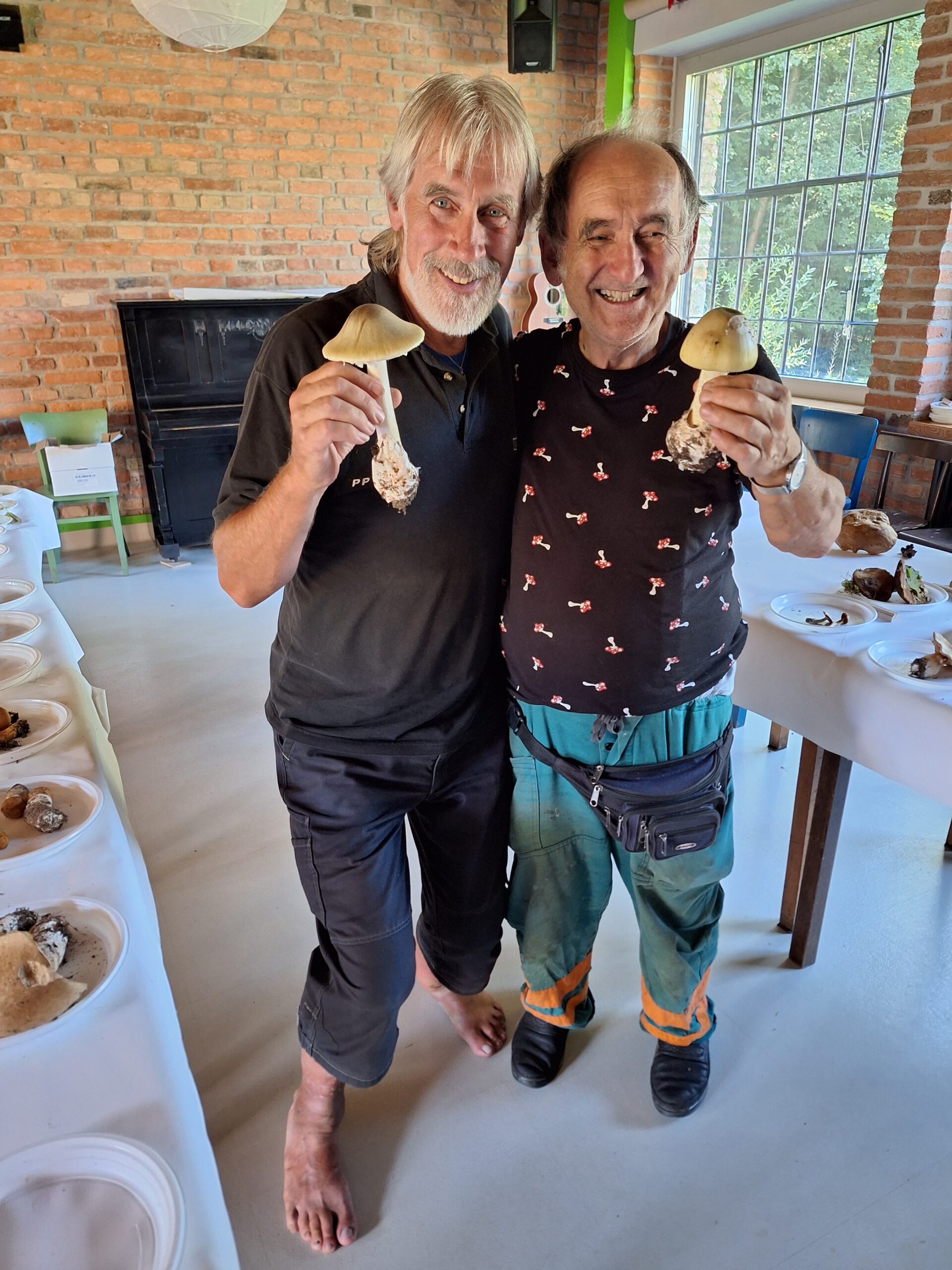 that was evident in the children’s faces could perhaps only be compared to the excitement of the adults present after finding 2 exquisite death caps or the long missing fly agaric.
that was evident in the children’s faces could perhaps only be compared to the excitement of the adults present after finding 2 exquisite death caps or the long missing fly agaric.
As the exhibits needed to be renewed, especially due to the warm weather, our mornings and evenings consisted of mushroom forays in various forests in the area. Collecting mushrooms for the mycological exhibition is a joy, because you collect much more than the average mushroom picker. You don’t care if the mushroom is edible or inedible, or even poisonous, you take everything. During the show, our collection grew from about 150 species to a total of 186, 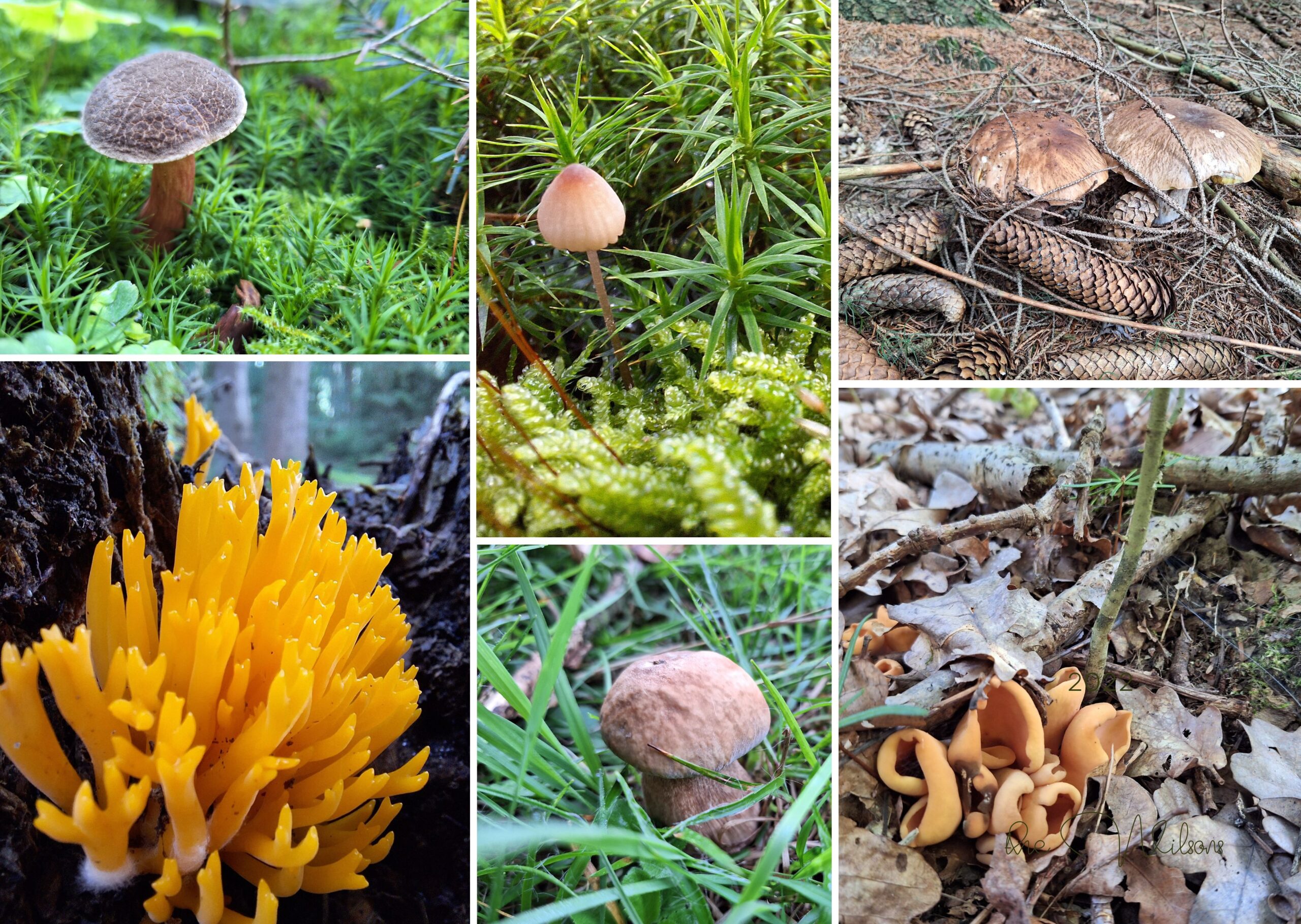 including several rather rare species such as the aforementioned octopus stinkhorn, the golden-gilled bolete, blushing dapperling, and the increasingly rare cauliflower coral.
including several rather rare species such as the aforementioned octopus stinkhorn, the golden-gilled bolete, blushing dapperling, and the increasingly rare cauliflower coral.
I was leaving the exhibition not only with a lot of newly acquired information and filled with energy, as always when I have the opportunity to be at Krupárna, but also strengthened in my faith. Despite the initial fears and draught (whether in nature or spiritual), it turned out that all it takes is a little patience and trust in God’s favor and we are often surprised at the level of blessing we receive from Him.
